Introduction
Are you eager to discover gluten free meal prep ideas that’ll keep your diet balanced and your schedule stress-free? Well, look no further! In this article, we’ll explore a range of celiac-safe recipes and everyday tips to help you conquer the kitchen. You’ll learn about simple breakfast meals, quick lunch strategies, and hearty dinners—all without worrying about unwanted gluten sneaking into your food. Plus, we’ll discuss how to avoid cross-contamination and other mistakes that can derail a healthy routine. Let’s dive in!
Table of contents
- Understanding a Gluten-Free Diet for Meal Prep
- Essential Tools for Gluten-Free Meal Prep
- Planning Your Gluten-Free Weekly Menu
- Breakfast Ideas for Gluten-Free Meal Prep
- Quick and Easy Gluten-Free Lunch Prep
- Satisfying Gluten-Free Dinner Options
- Creative Gluten-Free Snack and Dessert Prep
- Storing and Reheating Gluten-Free Meals
- Common Mistakes to Avoid in Gluten-Free Meal Prep
- FAQs
- Conclusion
Understanding a Gluten-Free Diet for Meal Prep
What Does Gluten-Free Mean in Meal Prep?
Gluten is a type of protein found mainly in wheat, barley, and rye. People who have gluten intolerance or celiac disease must avoid it altogether to prevent unpleasant symptoms like bloating and abdominal pain. Yet, even if you’re not diagnosed with these conditions, opting for a meal plan for gluten intolerance can sometimes improve digestion and help you feel less sluggish. Moreover, a gluten-free diet emphasizes whole foods and steers clear of highly processed options. This shift can naturally lead to better nutrient intake, especially when you choose gluten-free grains like quinoa or brown rice.
Common Health Benefits of a Gluten-Free Lifestyle
Adopting a gluten-free lifestyle often results in reduced inflammation, improved gut health, and steadier energy levels. Furthermore, focusing on healthy meal prep means you’re more likely to include fiber-rich produce, lean proteins, and wholesome fats. Many individuals also report fewer headaches or joint aches when they eliminate hidden gluten from their meals. However, it’s important to watch for any cross-contamination in gluten-free cooking, particularly if you share a kitchen with others who consume traditional bread or pasta. By staying mindful of kitchen hygiene and prioritizing fresh ingredients, you’ll be well on your way to reaping the perks of a gluten-free plan.
Essential Tools for Gluten-Free Meal Prep
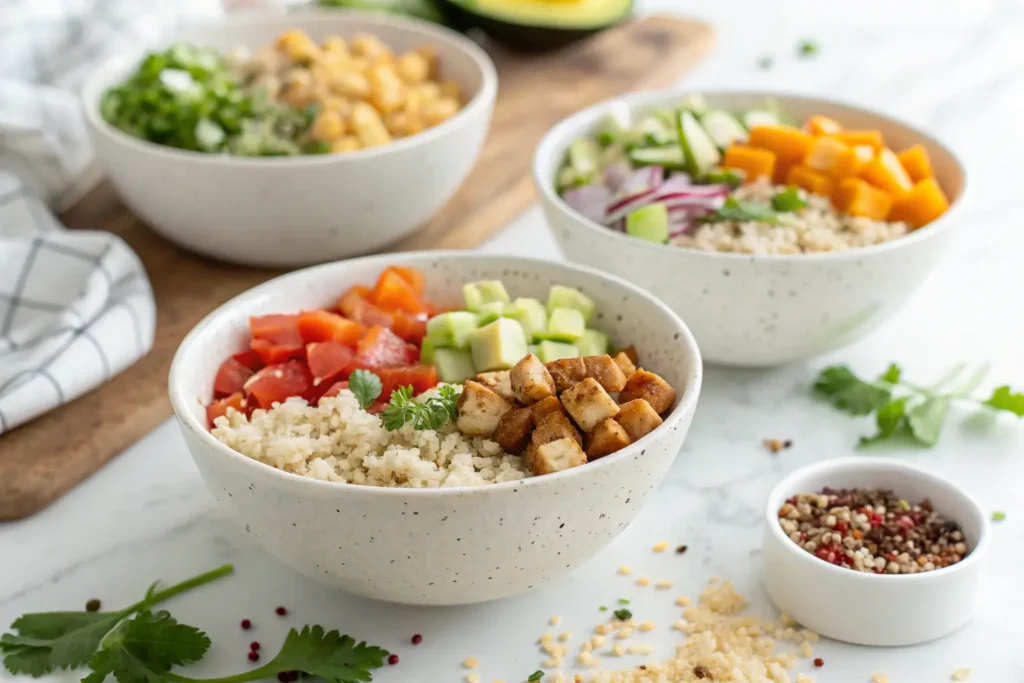
Stocking Your Pantry with Gluten-Free Staples
When it comes to gluten free meal prep ideas, stocking your pantry with the right staples is a game-changer. First, make sure you have plenty of gluten-free grains, such as quinoa, brown rice, and certified gluten-free oats. These options serve as versatile bases for everything from salads to casseroles. In addition, consider investing in alternative flours—like almond, coconut, or chickpea—to replace regular wheat flour. This approach not only helps you avoid hidden gluten but also opens up a world of baking possibilities.
Furthermore, keep a stash of shelf-stable protein sources, including canned beans, lentils, and tuna for quick, nourishing meals. Plus, remember to label pantry items to reduce the risk of cross-contamination. By sorting your gluten-free items in separate containers, you’ll maintain a clean, celiac-safe space. This simple organization step is crucial, particularly if you share a kitchen with individuals who eat wheat products.
Must-Have Kitchen Tools for Celiac-Safe Cooking
Investing in a few must-have kitchen tools simplifies your healthy meal prep routine. A sturdy cutting board, quality knives, and a reliable blender make slicing, dicing, and pureeing effortless. Moreover, a large slow cooker or instant pot speeds up soups, stews, and other one-pot wonders.
Likewise, opt for airtight glass or BPA-free plastic containers to store prepared meals safely. These containers help preserve flavor and freshness, especially if you plan on freezing extras for busy days. Above all, staying organized and equipped with the right tools allows you to turn any set of gluten free meal prep ideas into easy, satisfying meals.
Planning Your Gluten-Free Weekly Menu
Balancing Nutrition and Taste in Gluten-Free Meal Prep
Crafting a gluten-free weekly menu can feel overwhelming at first. However, focusing on both nutrition and taste ensures your meals remain balanced and flavorful. Begin by pairing whole foods like lean proteins, vegetables, and gluten-free grains in each dish. This approach helps maintain steady energy levels and keeps you feeling satisfied.
Additionally, play with bold flavors by incorporating herbs, spices, and healthy fats from foods like avocados or nuts. These enhancements transform basic recipes into exciting dishes that rival restaurant-quality meals. Meanwhile, experiment with a variety of cuisine styles—such as Mediterranean or Thai—to keep your palate guessing. By mixing and matching different flavor profiles, you’ll stay inspired in the kitchen.
Creating a Flexible Gluten-Free Meal Schedule
When planning your weekly menu, remember to keep it flexible. In fact, flexibility is key to sticking with your gluten free meal prep ideas. Aim to cook in batches—roasting veggies in one go or grilling chicken breasts for the week—so you can mix and match these staples in various meals.
Furthermore, consider setting aside one day for bulk cooking and another for prepping easy breakfasts like overnight oats. This strategy frees up time during busy weekdays and helps you avoid last-minute temptations. Ultimately, a well-structured yet flexible schedule empowers you to enjoy celiac-safe dishes without added stress.
Breakfast Ideas for Gluten-Free Meal Prep
Quick Overnight Oats and Smoothie Bowls for Gluten-Free Breakfast
Mornings can feel rushed, yet a wholesome breakfast is crucial for staying energized. Overnight oats and smoothie bowls are fantastic gluten free meal prep ideas that take minimal effort . For delicious breakfast options, explore 5 Easy Cream Cheese Bagel Ideas to Instantly Upgrade Your Breakfast to start your day right . Simply combine certified gluten-free oats, milk (dairy or plant-based), and a sprinkle of cinnamon in a sealed container, then refrigerate overnight. In the morning, top them with fresh berries, nuts, or seeds for an extra crunch.
Meanwhile, smoothie bowls allow for plenty of creativity. Blend leafy greens (like spinach), frozen fruits, and a source of protein—perhaps Greek yogurt or nut butter. Then, finish with colorful toppings such as chia seeds, coconut flakes, or sliced bananas. Through these quick and easy options, you’ll start your day with a boost of fiber, vitamins, and minerals. For more delicious recipes, check out our recipe article on the website.
Easy Egg Muffins and Frittatas for Gluten-Free Starts
Egg-based muffins and frittatas are another stellar way to keep breakfast simple, tasty, and celiac-safe. They’re perfect for batch cooking: whip up a mix of eggs, veggies, and cheese (if tolerated) in a single bowl. Then, pour the mixture into muffin tins or a baking dish. Pop it in the oven, and—voilà—you’ve got grab-and-go breakfasts all week long. These options pair well with whole foods like roasted sweet potatoes or fresh fruit, ensuring your day begins with protein-packed goodness. Plus, preparing your breakfasts ahead helps curb morning stress while keeping you on track with your healthy meal prep goals.
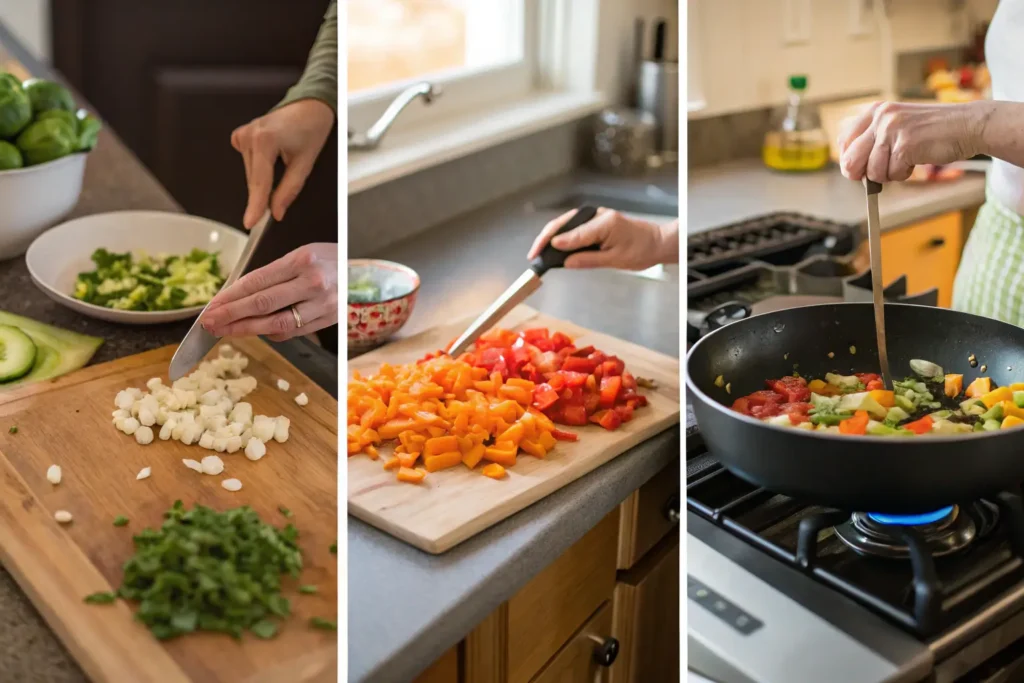
Quick and Easy Gluten-Free Lunch Prep
Mason Jar Salads and Grain Bowls
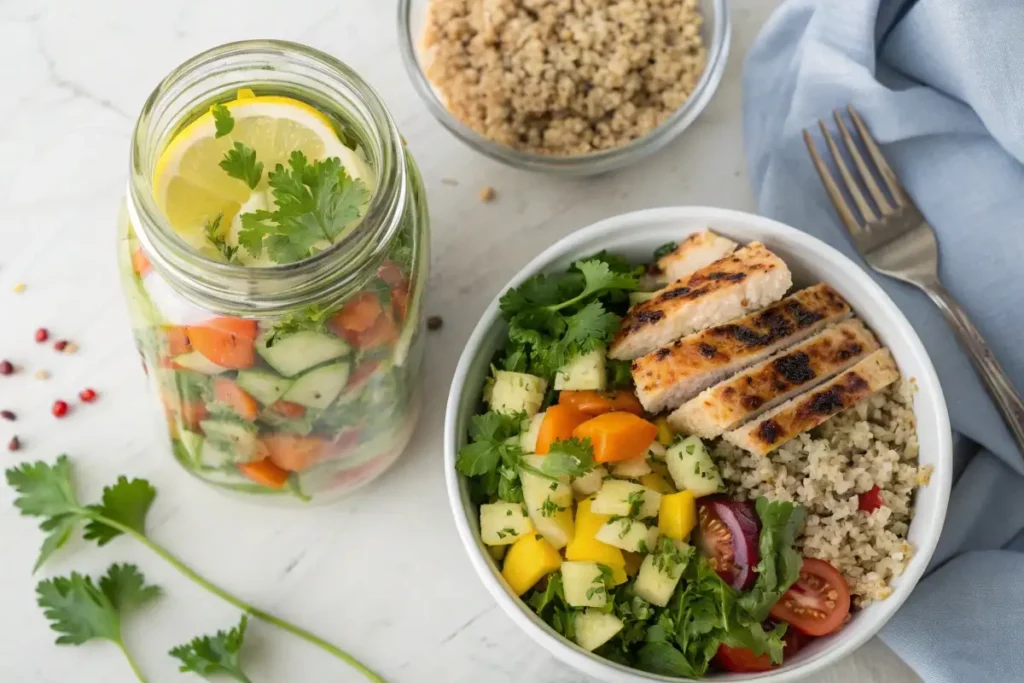
When lunch rolls around, it’s easy to grab something less-than-ideal. However, mason jar salads and grain bowls keep you fueled without relying on quick fixes. First, layer greens, lean protein, and chopped veggies in a jar. Top with a simple dressing (made from olive oil, lemon juice, and herbs), then seal tight. Thanks to the layered format, these salads stay fresh for days.
Grain bowls offer a more substantial spin on the same concept. Cook gluten-free grains, such as brown rice or quinoa, in batches. Next, store portions in separate containers alongside roasted veggies and a protein source, like grilled chicken or tofu. When lunchtime hits, you can assemble a nourishing meal in seconds. Plus, you’ll easily incorporate gluten free meal prep ideas into your routine by adjusting these bowls with whatever veggies you have on hand.
Meal-Prep Wraps with Lettuce or Gluten-Free Tortillas
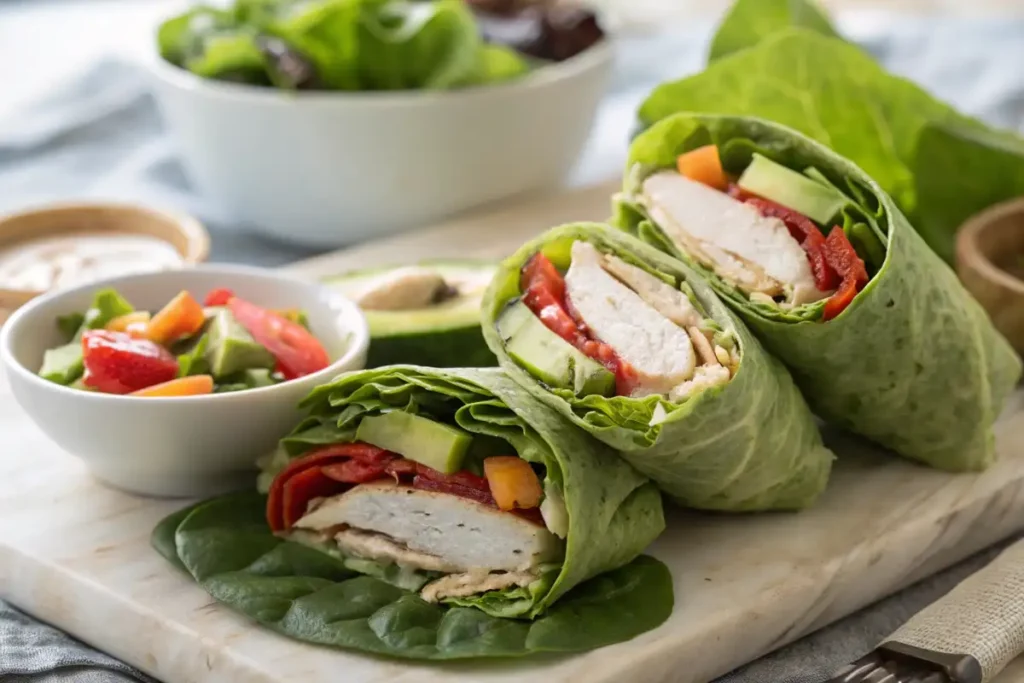
Wraps are another fast, kid-friendly lunch. When bread is off-limits, simply swap in large lettuce leaves or gluten-free tortillas. Fill them with hummus, turkey slices, avocado, or whatever fits your taste. This straightforward approach not only cuts out gluten but also keeps midday hunger at bay. Indeed, having a few ready-to-assemble wrap components on standby helps you avoid temptation and stay on track with your balanced eating plan.
Satisfying Gluten-Free Dinner Options
Sheet Pan Meals for Busy Weeknights
Sheet pan meals make dinnertime easier, especially when you’re juggling a busy schedule. First, pick a lean protein like chicken or fish. Then, add a mix of hearty veggies such as bell peppers, zucchini, or sweet potatoes. Toss everything with olive oil, salt, pepper, and your favorite herbs. Finally, spread it all onto a sheet pan and roast until the protein is cooked and the veggies turn golden. This hands-off approach creates a single-pan feast with minimal cleanup.
Moreover, these dishes fit right into your gluten free meal prep ideas. You can cook extra servings and store them for future lunches or dinners. Since everything bakes together, you also reduce the risk of cross-contamination. The flavors meld nicely, resulting in a savory, balanced meal that checks all the boxes for a healthy dinner.
One-Pot Wonders: Soups, Stews, and Curries
For cozy nights, soups, stews, and curries offer comforting ways to fill up without fuss. Simply choose a gluten-free broth, then add protein and veggies of your choice. Chicken pairs well with lentils and carrots in a stew, while tofu or chickpeas taste great in a coconut curry.
Additionally, use thickening agents like cornstarch or arrowroot instead of wheat flour to keep the dish celiac-safe. Stir in aromatic spices—like turmeric, cumin, or basil—for an extra kick. By cooking in one pot, flavors blend to create a hearty meal that’s quick to reheat throughout the week. Indeed, this method not only saves time but also helps maintain consistent taste, making your dinners even more enjoyable.
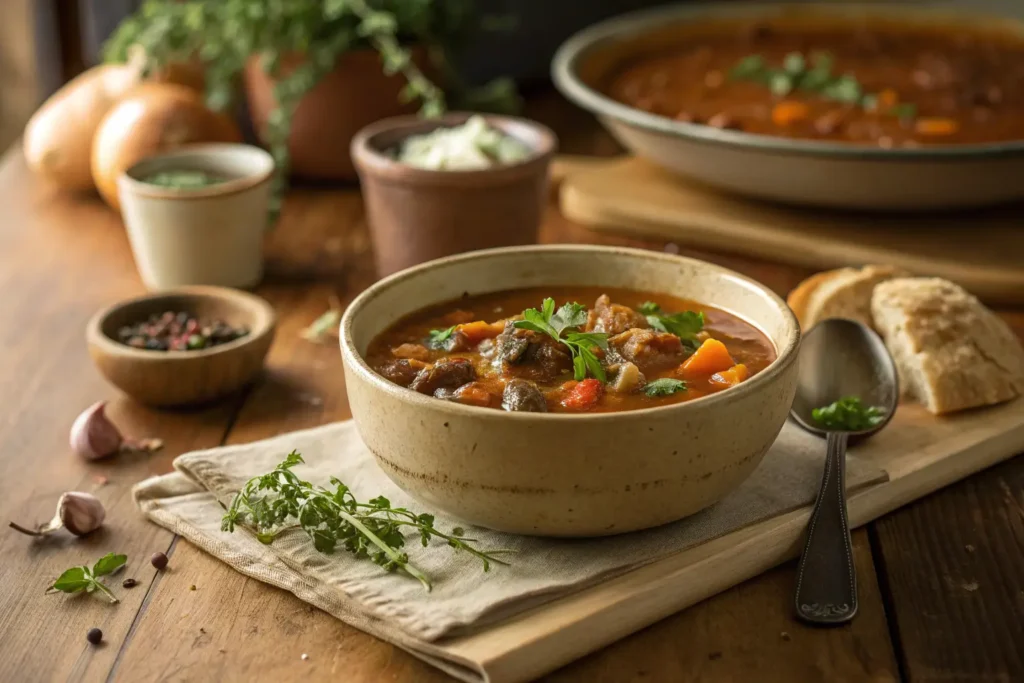
Creative Gluten-Free Snack and Dessert Prep
DIY Gluten-Free Protein Bars and Energy Bites
Snacks don’t have to be bland. Indeed, homemade protein bars and energy bites let you control ingredients while satisfying hunger between meals. Start by mixing gluten-free oats with nut butter, seeds, and a hint of honey. Then, shape the mixture into bars or small balls. Chill them in the fridge until firm, and you’ve got a quick bite for any time of day.
Likewise, energy bites are perfect for busy weekdays or post-workout refuels. Blend dates, almonds, shredded coconut, and cocoa powder, then roll into bite-size pieces. These snacks store well in the fridge or freezer, making them ideal for gluten free meal prep ideas. By crafting your own snacks, you avoid hidden additives and still enjoy a sweet treat.
Indulgent Yet Healthy Gluten-Free Sweet Treats
Desserts can be part of a gluten-free lifestyle too. Consider baking with alternative flours like almond or coconut, which deliver a moist texture and a touch of nuttiness. For instance, a simple chocolate cake can become celiac-friendly by swapping wheat flour for an almond flour blend.
Meanwhile, fruit-based desserts—like baked apples or berry crumbles—provide natural sweetness and extra vitamins. Adding crunchy toppings made from oats and nuts creates texture without sacrificing health. With these fun twists, you’ll end meals on a high note without turning to processed treats.
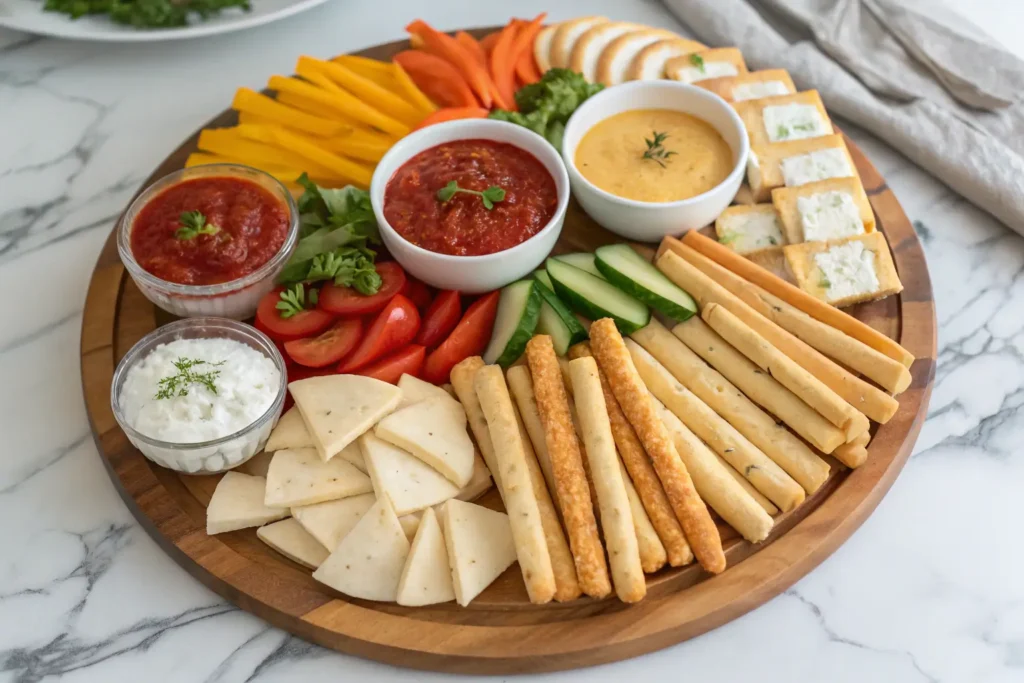
Storing and Reheating Gluten-Free Meals
Proper Refrigeration and Freezing Tips
Storing meals the right way is crucial for preserving both flavor and quality. First, allow cooked dishes to cool slightly before transferring them into airtight containers. This helps prevent excess moisture and keeps bacteria at bay. Then, place those containers in the fridge if you plan to eat the meals within a few days. On the other hand, if you’re making large batches of gluten free meal prep ideas for the long haul, freeze portions separately. That way, you can thaw only what you need at any given time.
Furthermore, label your containers with dates to avoid confusion about how long a dish has been stored. This practice can also reduce the risk of cross-contamination, since designated gluten-free meals remain clearly marked. By following these simple steps, you ensure that your carefully prepared recipes stay fresh and safe for consumption.
Best Practices for Reheating to Preserve Flavor
Reheating doesn’t have to mean dry or rubbery meals. Indeed, you can maintain taste by using the right methods. For soups or stews, simmer gently on the stovetop with a splash of broth if needed. Meanwhile, oven reheating works well for casseroles or roasted veggies, since slow heat helps keep moisture locked in. If you’re short on time, the microwave is a handy option—just stir frequently and cover the dish to distribute heat evenly. With these simple tactics, all your gluten free meal prep ideas remain tasty and satisfying, even on day three or four.
Common Mistakes to Avoid in Gluten-Free Meal Prep
Cross-Contamination Pitfalls
One of the biggest blunders people make is failing to prevent cross-contamination. Even a tiny crumb can trigger unpleasant reactions for individuals with celiac disease. Thus, designate separate cutting boards, utensils, and even colanders for gluten-free items. Wash surfaces thoroughly and store wheat products in their own sealed bags or containers. By staying extra vigilant, you protect your celiac-safe recipes from accidental gluten intrusion.
Overlooking Hidden Gluten Ingredients
Another common slip-up is ignoring unexpected sources of gluten. Processed condiments, sauces, and even certain seasonings may contain wheat-based thickeners. Consequently, always check labels for terms like “modified food starch” or “malt.” If you’re unsure, choose certified gluten-free versions or make your own simple dressings at home. This approach works hand in hand with your gluten free meal prep ideas, ensuring that your hard work isn’t undone by an overlooked ingredient. Ultimately, awareness and preparation are key for a stress-free, gluten-free lifestyle.
FAQs
Typical gluten-free meals use whole foods that naturally don’t have gluten. For breakfast, you might enjoy overnight oats made with certified gluten-free oats or a veggie-packed omelette. For lunch, options include quinoa salads, rice bowls with grilled chicken, or lettuce wraps filled with fresh vegetables and gluten-free hummus. Dinner ideas feature grilled fish with roasted vegetables, stir-fried tofu with veggies over brown rice, or hearty soups and stews thickened with alternative flours. Snacks such as fruit slices, nuts, and gluten-free protein bars also work well. Focusing on these wholesome ingredients helps you create balanced, tasty meals without wheat, barley, or rye.
The best gluten-free meal service depends on quality, variety, and strict avoidance of cross-contamination. Look for services that specialize in healthy, safe options and offer certified gluten-free products. Many companies now provide specific gluten-free meal prep ideas. Check reviews for their kitchen practices, ingredient sources, and allergy policies. Services like Freshly, Sun Basket, or Green Chef often have dedicated gluten-free menus with clear labels. The right service consistently delivers tasty and safe meals that meet your dietary needs.
For a gluten-free lunch, you have many delicious and healthy choices. Start with a large salad full of leafy greens, grilled chicken, avocado, nuts, and fresh vegetables, topped with a homemade gluten-free dressing. Try grain bowls with quinoa, brown rice, or millet paired with steamed veggies and your choice of protein. You can also prepare gluten-free wraps using lettuce leaves or certified gluten-free tortillas filled with turkey, hummus, and crunchy vegetables. Soups and stews made from scratch using gluten-free broth and fresh ingredients are also a great warm option. All these ideas follow gluten-free meal prep principles and make lunchtime safe and satisfying.
What can you pack for gluten-free food?
Packing gluten-free food means preparing safe, portable, and tasty snacks and meals. For breakfast or a snack, consider homemade protein bars, energy bites, or fresh fruit with nut butter. For lunch, pack a salad with quinoa or rice, a gluten-free sandwich on alternative bread, or a mason jar salad layered with gluten-free grains, veggies, and a light dressing. You can also bring pre-cut vegetables, gluten-free crackers, cheese, or hummus. By following gluten-free meal prep ideas, you always have safe and healthy options ready, reducing the chance of accidental gluten exposure.
Conclusion
En conclusion, adopter des gluten free meal prep ideas peut transformer votre routine alimentaire et simplifier la planification de repas tout en maintenant un mode de vie sain. En comprenant ce qu’est un régime sans gluten, en équipant votre cuisine avec les bons outils, et en planifiant soigneusement vos menus, vous pouvez facilement préparer des repas délicieux et nutritifs pour toute la famille. De plus, en évitant les pièges courants comme la contamination croisée et les ingrédients cachés, vous assurez la sécurité et la qualité de vos plats. Grâce à une approche organisée, des idées créatives et des astuces pratiques, vous trouverez que cuisiner sans gluten est non seulement faisable, mais aussi extrêmement gratifiant. Alors lancez-vous, expérimentez ces conseils, et profitez des bienfaits d’une alimentation sans gluten équilibrée et savoureuse.


3 thoughts on “Step-by-Step Gluten Free Meal Prep Ideas for Beginners”